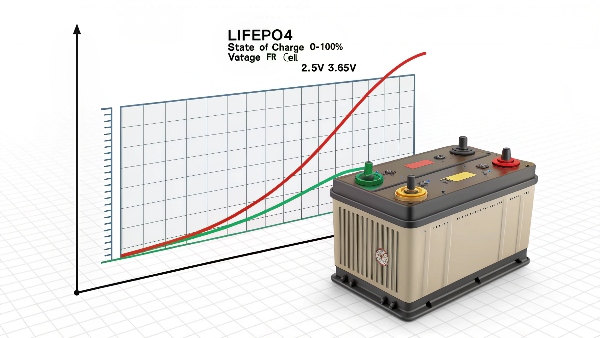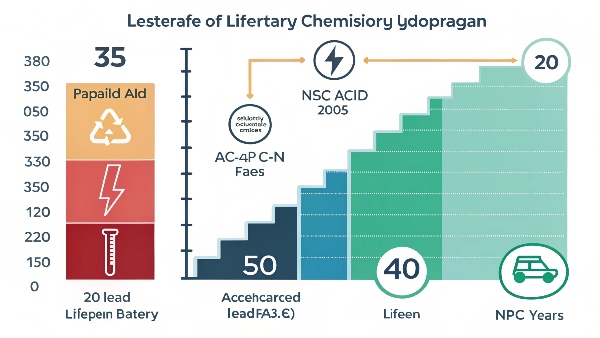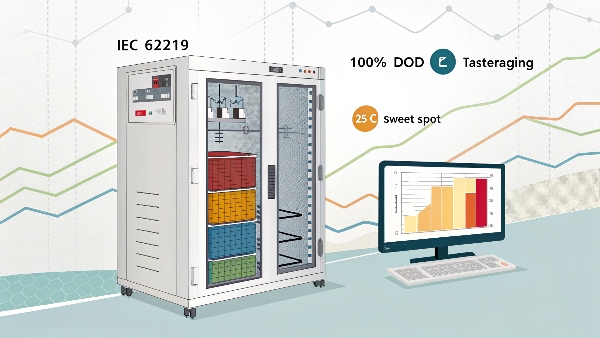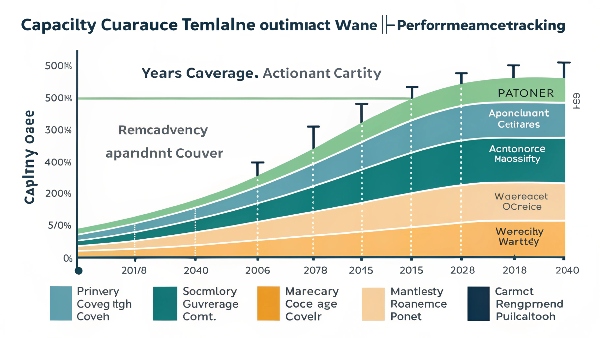Understanding lithium iron phosphate battery voltage helps optimize performance and lifespan. Here's what every solar system owner should know.
A standard LiFePO4 battery operates between 2.5V (fully discharged) and 3.65V (fully charged) per cell, with 3.2V representing nominal voltage. For a 12V system (4 cells in series), this translates to 10V-14.6V operating range, with 12.8V nominal. The sweet spot for daily use maintains 20-80% state of charge (12V-13.4V).

Our experience shows proper voltage management can extend LiFePO4 lifespan beyond 10 years. Here's how these numbers translate to real-world usage.
How Long Do Home Solar Batteries Last?
Solar battery lifespan depends on chemistry, usage patterns, and environmental conditions.
Quality LiFePO4 home solar batteries last 5,000-7,000 cycles (10-15 years daily use) at 80% depth of discharge, compared to 500-1,200 cycles for lead-acid batteries. Actual lifespan varies based on temperature (ideal 25°C), charge/discharge rates, and proper battery management system (BMS) operation.

Lifespan Factors Explained:
| Factor | Good | Better | Best |
|---|---|---|---|
| Chemistry | Lead-Acid | NMC Lithium | LiFePO4 |
| Cycles (80% DoD) | 800 | 2,000 | 5,000+ |
| Temperature | 20-30°C | 15-35°C | 10-40°C |
| Charge Rate | 0.2C | 0.5C | 1C |
| Maintenance | Monthly | Quarterly | None |
Real-world observations:
- 20% lifespan reduction per 10°C above 25°C
- 50% lifespan loss at 100% vs 80% DoD
- 30% reduction with fast charging
- 2-3x lead-acid replacement needs
How Long Does A Solar Battery Last? [Expert Answer]
Industry testing reveals true solar battery longevity under various conditions.
Expert testing shows premium LiFePO4 solar batteries maintain >80% capacity after: 15 years in mild climates (15-25°C), 10 years in hot climates (35°C+), or 7-8 years with frequent deep discharges (100% DoD). Proper cycling and temperature control are critical for maximizing lifespan.

Laboratory vs Real-World Performance:
Controlled Testing:
- 25°C constant temperature
- 80% depth of discharge
- 0.5C charge/discharge rate
- Result: 7,000 cycles to 80% capacity
Field Data:
- 15-35°C seasonal variation
- 50-100% depth of discharge
- Varying charge rates
- Result: 4,000-5,000 cycles typical
Key takeaways:
- Calendar aging affects all batteries
- Partial cycles cause less wear
- Top balancing preserves capacity
- Quality BMS adds 2-3 years
How Long Does a Solar Battery Last?
Actual solar battery lifespan combines cycle life and calendar aging.
Most residential solar batteries last 8-12 years - LiFePO4 typically reaches 10+ years with proper care, while lead-acid lasts 3-5 years. Degradation occurs gradually, with capacity decreasing about 2-3% per year for lithium vs 5-8% for lead-acid batteries under normal solar cycling conditions.

Year-by-Year Capacity Retention:
| Year | LiFePO4 | Lead-Acid | Notes |
|---|---|---|---|
| 1 | 100% | 100% | Initial capacity |
| 3 | 95% | 85% | First replacements |
| 5 | 90% | 65% | Lead-acid EOL |
| 7 | 85% | - | Mid-life lithium |
| 10 | 80% | - | Warranty threshold |
| 15 | 70% | - | Possible extended use |
Usage tips:
- Avoid continuous full charges
- Prevent deep discharges below 10%
- Implement partial cycling when possible
- Maintain stable temperatures
What Is the Life Expectancy of a Solar Battery?
Life expectancy combines manufacturer specifications and real-world usage patterns.
Solar battery life expectancy ranges: 3-5 years (basic lead-acid), 7-10 years (NMC lithium), and 10-15 years (premium LiFePO4). Warranties typically guarantee 70-80% capacity after 10 years/10,000 cycles for top lithium models, assuming proper installation and maintenance conditions are met.

Manufacturer Claims vs Reality:
| Brand | Chemistry | Claimed Cycles | Real-World Years |
|---|---|---|---|
| Budget Lead | AGM | 500 | 2-3 |
| Mid Lead | Gel | 1,200 | 4-5 |
| Entry Li | NMC | 3,000 | 7-8 |
| Premium Li | LiFePO4 | 6,000 | 12-15 |
Selection advice:
- Compare warranted cycle count1
- Verify temperature limits
- Check DoD specifications
- Research brand reputation2
Conclusion
LiFePO4 batteries showcase superior lifespan (10-15 years) compared to lead-acid (3-5 years), with clear voltage parameters (10V-14.6V for 12V systems) ensuring optimal performance. Real-world data confirms lithium batteries maintain usable capacity 2-3 times longer than traditional options when properly maintained. Understanding these voltage characteristics and lifespan factors allows solar system owners to maximize their energy storage investment through proper sizing, cycling practices, and environmental control. As solar battery technology continues advancing, LiFePO4 remains the longest-lasting and most reliable solution for home energy storage today.

